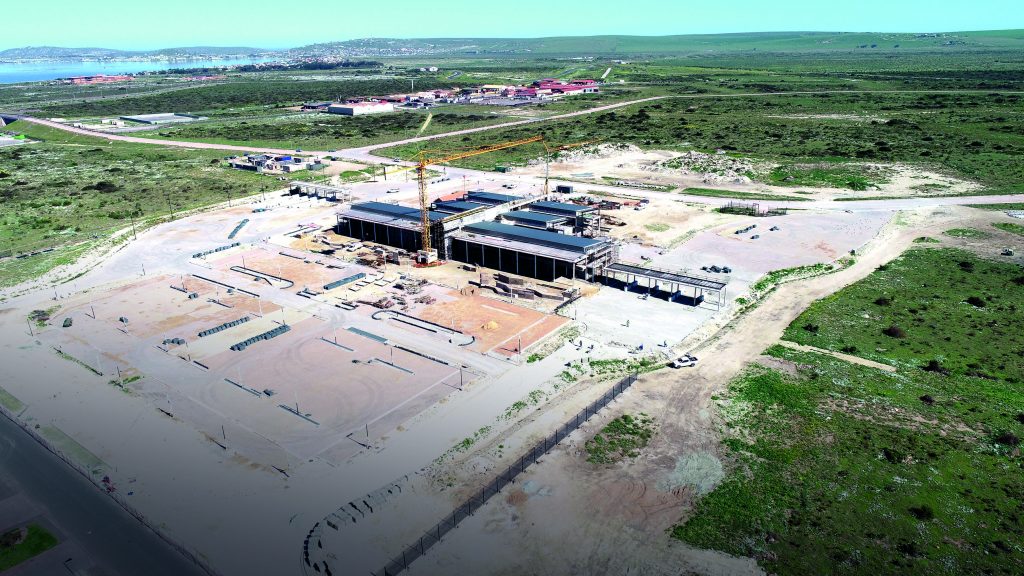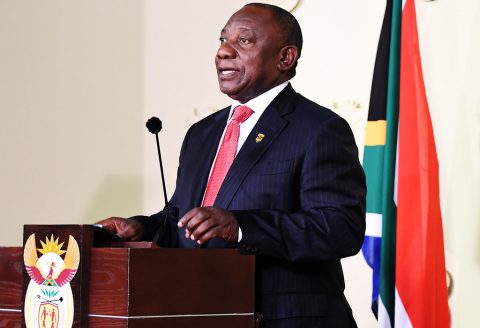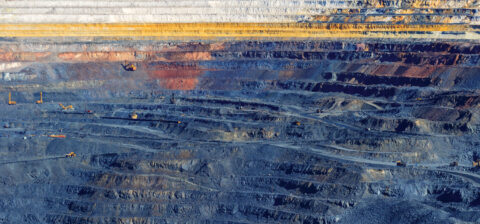Freight, Logistics and Warehousing
Weathering The Storm
The Department of Trade and Industry’s Special Economic Zones (SEZs) are surprisingly buoyant and focused in turbulent times, writes Gareth Griffiths.
The UN’s World Investment Report 2019 sees “explosive growth in the use of special economic zones (SEZs) as key policy instruments for the attraction of investment for industrial development”.
Compiled by the UN Conference on Trade and Development (UNCTAD), the report highlights that foreign direct investment (FDI) flows to southern Africa from 2017-2018 turned around sharply from negative $0.9-billion to $4.2-billion, mainly due to the recovery in South Africa, where FDI increased from $2-billion to $5.3-billion. This contributes towards the government’s goal of attracting $100-billion of FDI by 2023.
Similindele Manqina, corporate communications and stakeholder manager for the Coega Development Corporation (CDC), says that by the end of 2020, they will have four major projects under construction: automotive sector, R11-billion; logistics, R362-million; multi-user facility phase two, R60-million; and the energy sector at R350-million.
Investment in Coega, the country’s oldest IDZ at 21 years old, has dropped in recent years, but Manqina says the CDC is hopeful, despite the fragile global economy and the recent coronavirus pandemic. “UNCTAD made special mention of the FDI investment in a $750-million plant at the Coega SEZ by China-based automaker Beijing Automotive Industry Holding,” says Manqina.
“We have done relatively well and, for our efforts, were awarded South Africa’s Investor of the Year in 2019 at the prestigious Annual SA Business Awards.
“Coega has also been identified by the World Bank and the London School of Economics as the only African SEZ to be among the top seven global SEZs earmarked as successful model case studies for SEZ development.”
LNG hub project
In 2019, the Minister of Mineral Resources and Energy pronounced Coega as the initial hub for Liquefied Natural Gas (LNG) in South Africa. The Port of Ngqura will host the country’s first LNG receiving terminal.
“The national energy regulator, Nersa, recently requested comments on its support of a Section 34 Ministerial Determination, which includes 3 000MW of gas-driven power,” says CDC energy specialist, Sandisiwe Ncemane. “The finalisation of a ministerial determination will trigger the government-led SA gas procurement programme. The short-term outlook is to import LNG to trigger the economy, which would stimulate the exploration and production of indigenous gas resources in SA.”
Ncemane says the 342MW Dedisa Power Peaking Plant erected five years ago has catalysed a number of other independent power producer programmes (IPPs) within Coega, including LNG. “It has existing environmental authorisation for a 400kV transmission line between plant and substation, which reduces the costs of the gas-to-power project for investors quite significantly. We are allocated 1 000MW in the latest IPP Gas to Power Programme. As such, the CDC is driving an environmental impact assessment for a new gas to power plant.”
Then there is the question of wind power. “Our Wind Tower Manufacturing zone has a R310-million investment in a wind tower assembling plant,” says Ncemane. “The Lay Down Area, which facilitates abnormal cargo related to IPP logistics, is a R9-million investment contributing to the distribution of wind turbines throughout the province.”
East London
East of Coega, Zone 1A of the East London Industrial Development Zone SOC Ltd (ELIDZ) was designated as a customs-controlled area (CCA) in 2012.
Several ELIDZ enterprises are registered as CCAs, their operations being heavily reliant directly or indirectly on imports and exports, according to ELIDZ corporate communications and marketing manager, Sibusiso Ralarala.
While IDZs are mainly focused on coastal regions or regions with international ports, SEZs are specifically focused on regions with significant economic growth potential, says Ralarala. IDZs had no meaningful incentives package, but SEZs IDZ incentives in the past were mainly focused on infrastructure development whereas the SEZ programme takes into consideration all elements of the industrial ecosystem.
“Being a prime industrial park renowned for customised solutions for various industries, the ELIDZ broke ground to build the first Automotive Supplier Park (ASP) attached to an IDZ in SA,” says Ralarala. “The exercise saw more players approach the organisation, which today boasts 14 first- and second-tier suppliers, and is currently in its third phase of expansion to accommodate more companies. The ELIDZ Board has approved seven new projects to the value of R2.2-billion, creating a total of 1 600 direct manufacturing and services jobs over 91 000m2 of factory space.”
The IDZ also targets agro-processing and aquaculture, renewable energy, pharmaceuticals, information and communication technology, and general manufacturing.
The communications technology contribution is noteworthy in itself. “We aim to land a 9 000km undersea telecommunications cable linking SA to Mauritius and ultimately India,” says Ralarala. “This will be the province’s first international undersea cable, an investment of R298-million. It is expected to carry an initial capacity of 13.5 terabytes per second, linking Southern African Development Community members to competitively priced, premium and fast access to Middle and Far Eastern internet routes.”
To the west
Meanwhile, on the west coast of South Africa, the Saldanha Bay Industrial Development Zone received its operator’s licence in October 2013.
As the deepest and largest natural seaport in the southern hemisphere, it is also ideally suited as a free port, offering storage and holding facilities for sea cargo, enabling clients to compete efficiently in the international market. It also targets the evolving oil, gas and marine services industry, as well as others.
Recently, the Provincial MEC for Finance and Economic Opportunities, David Maynier, announced three new projects within the realm of the Saldanha IDZ: “A specialised corrosion protection facility called West Coast Corrosion Protection services sea vessels visiting the port for maintenance and repairs, and the Saldehco Offshore Supply Base is making good progress in line with the ocean economy strategy of Operation Phakisa, an initiative of the SA government,” says Maynier.
“Others include a 5ha commercial office facility, named the Access Complex Building, and the Project Leasing Facility, at 6.5ha, which will provide temporary accommodation to projects of short duration within the complex.”





